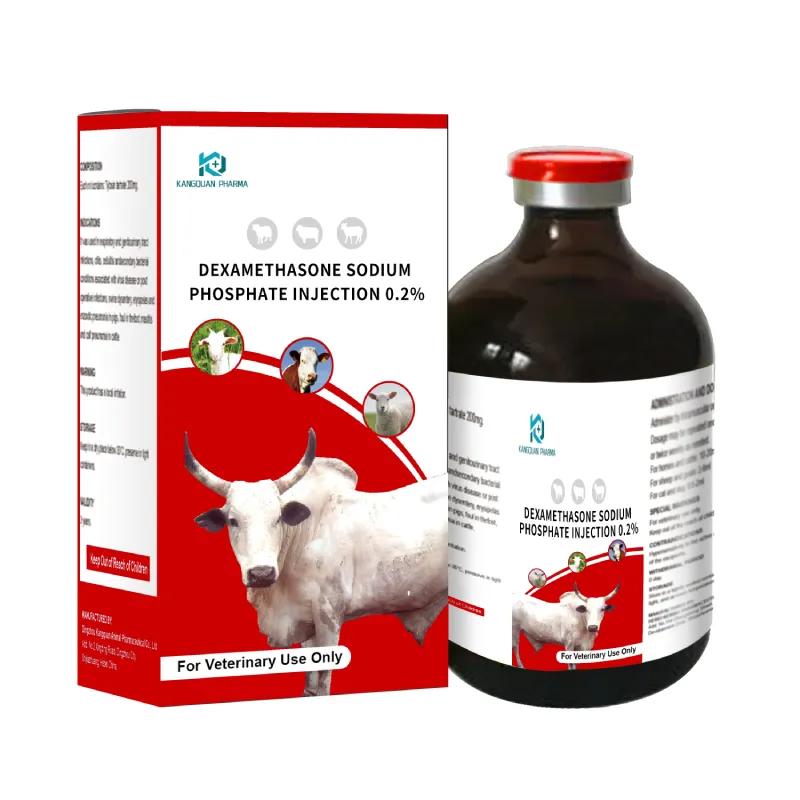- Afrikaans
- Albanian
- Amharic
- Arabic
- Armenian
- Azerbaijani
- Basque
- Belarusian
- Bengali
- Bosnian
- Bulgarian
- Catalan
- Cebuano
- Corsican
- Croatian
- Czech
- Danish
- Dutch
- English
- Esperanto
- Estonian
- Finnish
- French
- Frisian
- Galician
- Georgian
- German
- Greek
- Gujarati
- Haitian Creole
- hausa
- hawaiian
- Hebrew
- Hindi
- Miao
- Hungarian
- Icelandic
- igbo
- Indonesian
- irish
- Italian
- Japanese
- Javanese
- Kannada
- kazakh
- Khmer
- Rwandese
- Korean
- Kurdish
- Kyrgyz
- Lao
- Latin
- Latvian
- Lithuanian
- Luxembourgish
- Macedonian
- Malgashi
- Malay
- Malayalam
- Maltese
- Maori
- Marathi
- Mongolian
- Myanmar
- Nepali
- Norwegian
- Norwegian
- Occitan
- Pashto
- Persian
- Polish
- Portuguese
- Punjabi
- Romanian
- Russian
- Samoan
- Scottish Gaelic
- Serbian
- Sesotho
- Shona
- Sindhi
- Sinhala
- Slovak
- Slovenian
- Somali
- Spanish
- Sundanese
- Swahili
- Swedish
- Tagalog
- Tajik
- Tamil
- Tatar
- Telugu
- Thai
- Turkish
- Turkmen
- Ukrainian
- Urdu
- Uighur
- Uzbek
- Vietnamese
- Welsh
- Bantu
- Yiddish
- Yoruba
- Zulu
Nov . 05, 2024 10:35 Back to list
what is the difference between ivermectin and avermectin
The Difference Between Ivermectin and Avermectin
Ivermectin and avermectin are two closely related compounds that have gained significant attention in both veterinary and human medicine. They belong to a class of medications known as macrocyclic lactones, which are derived from the soil bacterium Streptomyces avermitilis. Although they share a common origin and possess some similar properties, there are notable differences between them that impact their usage, efficacy, and scope of applications.
Chemical Composition and Structure
Avermectins are a group of compounds that were first isolated in the late 1970s. The avermectin family includes several related molecules, with avermectin B1a being one of the most prominent members. Ivermectin, on the other hand, is a derivative of avermectin B1 and represents a modification of the original compound. This slight alteration in chemical structure enhances its pharmacological properties, making ivermectin more effective in treating certain conditions.
Applications and Efficacy
Ivermectin has a well-established role in the treatment of a range of parasitic infections in humans and animals. It is particularly known for its effectiveness against onchocerciasis (river blindness) and lymphatic filariasis, as well as other parasitic diseases like strongyloidiasis and scabies. Its success in eradicating these diseases has made it a critical component of global health initiatives.
Avermectin compounds, while also effective against parasites, are more commonly used in veterinary medicine. They are widely utilized in treating various infections in livestock and pets, as well as in controlling pests in agricultural settings. Avermectins are particularly known for their strong action against endoparasites (intestinal parasites) and ectoparasites (external parasites such as mites and lice).
what is the difference between ivermectin and avermectin

Safety and Side Effects
Both ivermectin and avermectin are generally considered safe when used appropriately, but they can have side effects. Ivermectin is usually well-tolerated, but some patients may experience neurological effects, such as dizziness, nausea, or drowsiness, particularly at higher doses. Avermectins, especially in veterinary applications, can also cause adverse reactions, but these are typically manageable within approved dosages.
Regulatory Status
The regulatory approval for ivermectin and avermectin differs across countries and regions. Ivermectin has received approval for human use from various health authorities, including the World Health Organization (WHO), due to its significant health benefits. Avermectins, primarily approved for veterinary use, are subject to different regulations and guidelines.
Conclusion
Understanding the differences between ivermectin and avermectin is vital for selecting the appropriate treatment for various parasitic infections. Ivermectin has carved out its niche in human medicine, demonstrating remarkable efficacy against serious diseases, while avermectins play a crucial role in veterinary care. As ongoing research continues to explore their potential applications, both compounds are likely to remain essential tools in the fight against parasitic infections.
-
Guide to Oxytetracycline Injection
NewsMar.27,2025
-
Guide to Colistin Sulphate
NewsMar.27,2025
-
Gentamicin Sulfate: Uses, Price, And Key Information
NewsMar.27,2025
-
Enrofloxacin Injection: Uses, Price, And Supplier Information
NewsMar.27,2025
-
Dexamethasone Sodium Phosphate Injection: Uses, Price, And Key Information
NewsMar.27,2025
-
Albendazole Tablet: Uses, Dosage, Cost, And Key Information
NewsMar.27,2025













